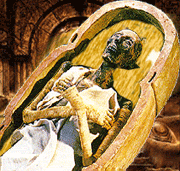Movies filmed in Scotland
On top of the works created by Scottish directors, there have been many successful non-Scottish films shot in Scotland. Mel Gibson’s Academy Award-winning Braveheart is perhaps the best known and most commercially successful of these, having grossed $350,000,000 worldwide. The film won 5 Academy Awards, including ‘Best Picture’ and ‘Best Director’ and was nominated for additional awards. The film’s depiction of the Battle of Stirling Bridge, which the plot of the film surrounds, is often regarded as one of the greatest movie battles in cinema history.
















































